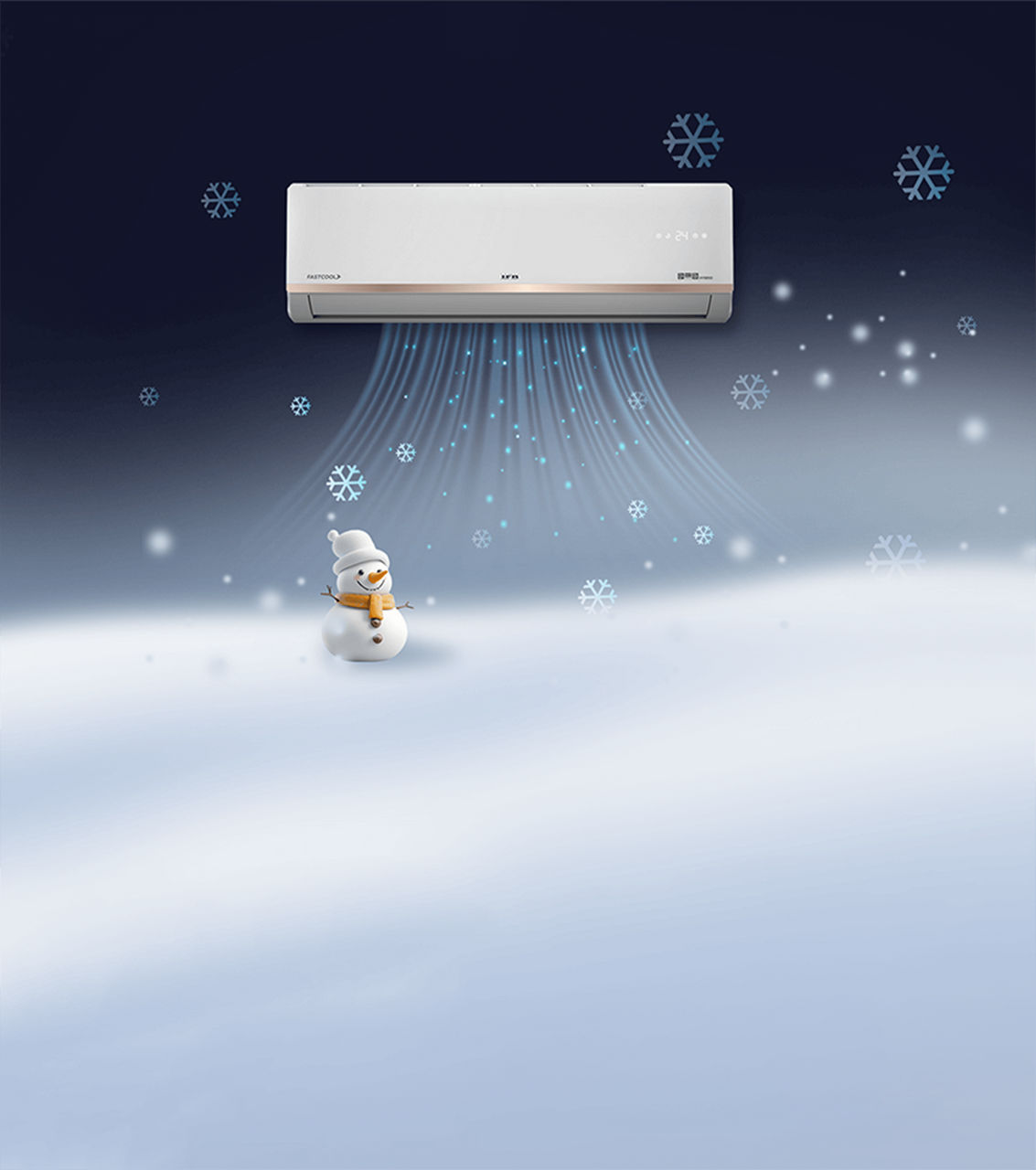While outdoor air pollution is more visible and widely discussed, with people wearing masks, etc., as preventive measures, indoor air pollution is mostly overlooked. We feel safe in our homes, not realizing that air may be more hazardous in closed-door environs. As per estimates by World Health Organization (WHO), almost 3.8 million deaths are caused by household air pollution every year. And while there are agencies regulating emissions from vehicles, things emitting pollution indoors aren’t properly controlled by regulatory bodies.
Take a look at some sources of indoor air pollution and common household items that emit toxins we aren’t aware of or often ignore, which can cause respiratory and lung diseases, allergies and illnesses, and a revolutionary way on how indoor air can be made 'Better to Breathe'.

Smoke
Smoke is the single biggest source of indoor air pollution, formed as a result of incomplete combustion of solid fuels such as wood and coal used in cooking and indoor heating, along with burning of candles and incense. Smoke comprises fine particulate matter such as PM2.5 and PM0.3 along with gaseous pollutants like carbon monoxide, hydrocarbons and nitrogen oxides, which can be dangerous and even fatal when inhaled.

Biological contaminants
Biological contaminants include bacteria, virus, mites and pollen, and their presence is enhanced in humid environments. Still water and wet areas further serve as a breeding ground for such biological air pollutants that may result in various infections and illnesses.
Animal and bird droppings
Droppings such as urine from pets, rodents, cockroaches, birds (especially pigeons) and insects contain protein, which is an allergen. Once dry, it is released as an air pollutant and inhaled. This can trigger allergic reactions and diseases, and is especially harmful for infants, children and older people.
Paint and varnish
Paints, varnish, lacquers and finishes on walls, furniture and wood products release volatile organic compounds (VOCs) such as acetone and formaldehyde. Exposure to these sources of air pollution may cause eye, nose, throat and skin irritation. Long-term contact with formaldehyde can even cause certain kinds of cancers.

Mould and fungi
A damp environment or humid weather can result in the formation of mold and fungi on walls, bathrooms without proper ventilation and even carpets. They release toxins, which can pollute the air and cause problems such as coughing, sneezing, shortness of breath and even digestive issues.
Pesticides and sprays
Chemicals and sprays used to kill or control pests, insecticides and disinfectants are semi-volatile organic compounds and highly toxic in nature as an air pollutant. Airborne exposure to such compounds may lead to respiratory allergies, nervous system and kidney damage, and can even increase the possibility of cancer.

Household products
Common household items such as paper products, glue, perfumes, air fresheners and nail polish emit chemicals such as acetone, which can cause indoor air pollution. These are especially dangerous upon inhalation for infants and children.
Building materials
Certain materials used in building construction, such as asbestos, are released into the air as a pollutant especially when they are disintegrating or corroding. Asbestos is a carcinogen that can result in lung disorders and cancer in people with long-term exposure.
Others
Ceramics, batteries, plumbing materials and cosmetics can be the source of lead in the form of contaminated dust. Lead and its compounds are highly dangerous to infants, children and expecting women, and exposure could result in lower IQ levels and learning and developmental delays. They can further cause cardiovascular and reproductive problems in adults.
Uncompromise on Air Quality with IFB FastCool – The Zero-Compromise AC

- Dust Filter: Prevents allergies by trapping dust and other airborne particles.
- PM 0.3 Filter: Removes air pollutants down to the size of 0.3 micron, which are invisible to the eye and harmful if inhaled.
- Anti-bacterial Filter: Removes bacteria and allergens.
- Activated Carbon Filter: Absorbs smoke, gases, chemicals and other dust particles.
- Catechin Filter: Removes unpleasant smell to keep the air odour free.
- Vitamin C Diffuser: Improves air quality by adding natural antioxidants.
- Aroma Diffuser: Infuses a pleasant scent in the air, with two fragrances available: Floral Harmony and Ocean Fresh.
With the IFB FastCool AC, you can rest assured that you are making zero compromise on the most essential element of life – air!














